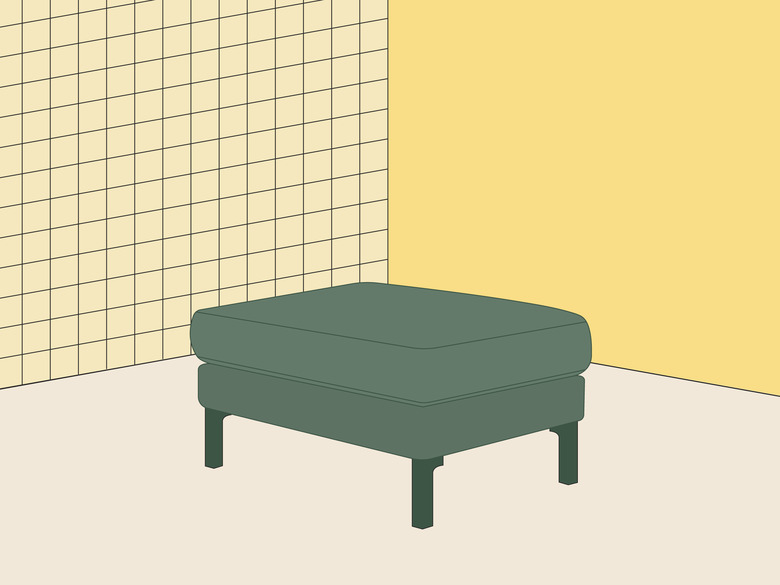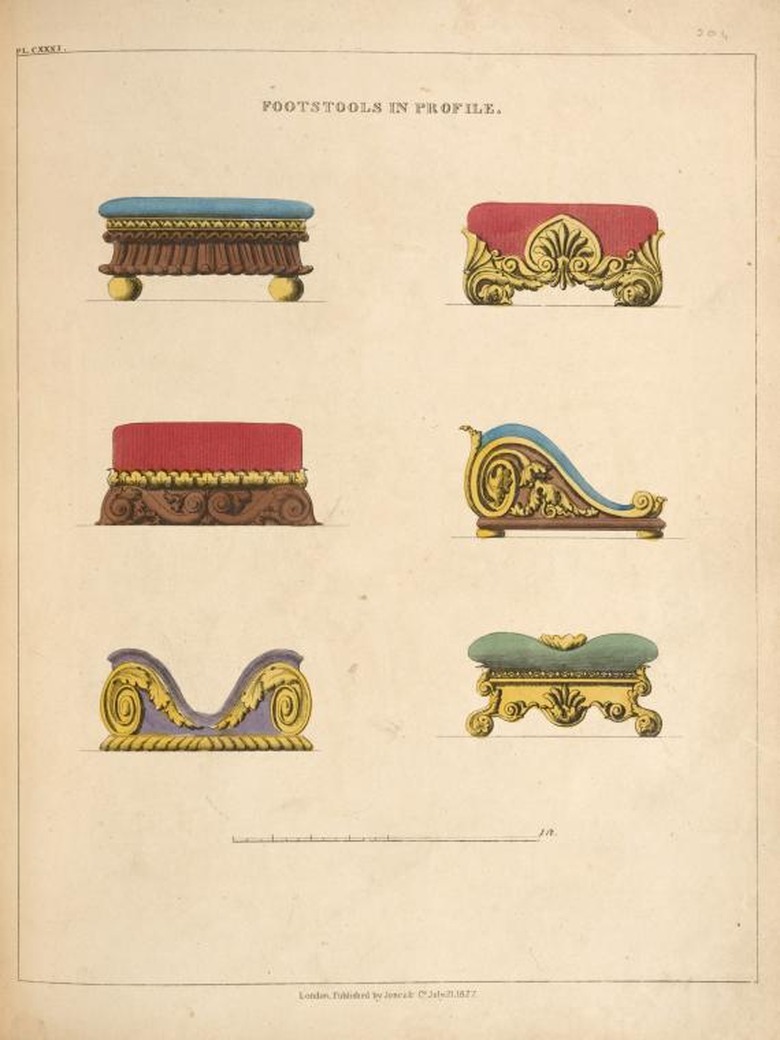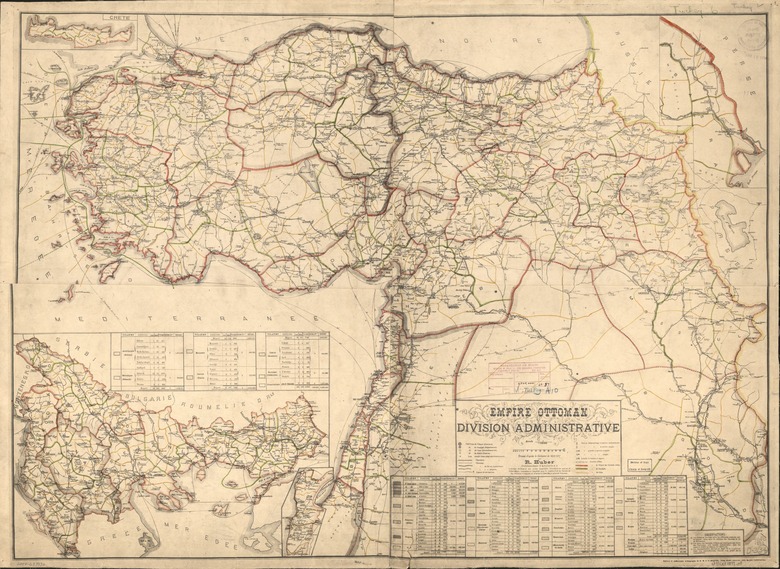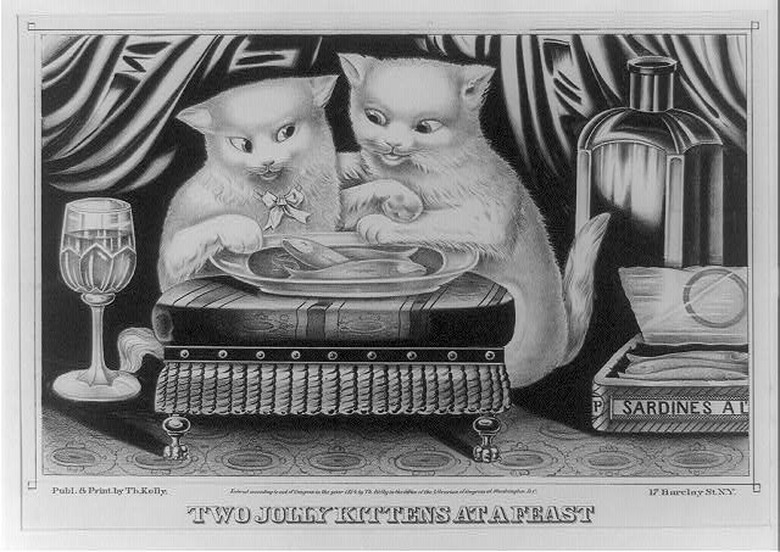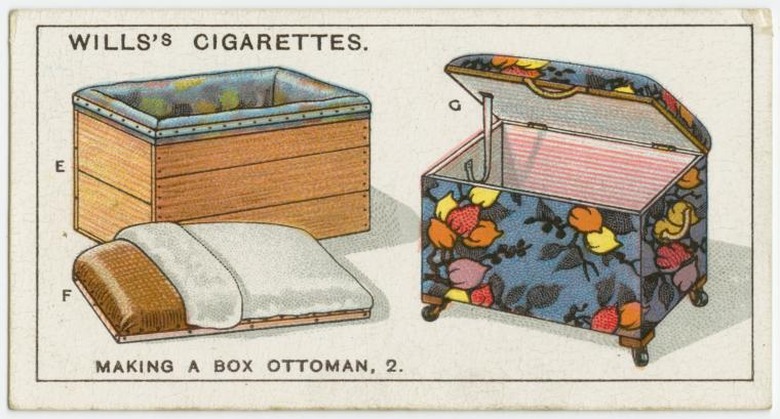The Royal History Of The Ottoman
Call it what you will: a pouf, tuffet, hassock, footstool, or ottoman, but we all know that these different terms essentially mean a place to rest your tired and weary (or maybe dainty and recently pedicured) feet. But for all that these terms have in common, one has a particularly long cultural history that's reflected in its name: the ottoman.
Where does the name "ottoman" come from?
Where does the name "ottoman" come from?
It might take you a second to connect the name of this piece of furniture with the huge empire you probably learned about in your high school history class, but it's not just a coincidence. The Ottoman Empire was a political and cultural state that covered much of Southeastern Europe, Western Asia, and Northern Africa between the 1300s and the early 20th century, with Constantinople (modern-day Istanbul) as its capital. And because of its trade routes, influence across the Mediterranean, and strong economy, it played an enormous role in connecting the Eastern and Western worlds, blending everything from languages to food, architecture to art — including furniture.
The ottoman was a central piece of furniture in Ottoman homes — quite literally. It was originally was employed as a padded seat used for family gatherings, likely acting as a comfortable mid-point between grand, expensive chairs (or even thrones) and floor mats or rugs. Because it was backless, it was traditionally pushed up against a wall or central column in a home, but eventually made it into the center of a space, where it was quickly noticed by Europeans as a handy, flexible piece of furniture.
When did the ottoman spread to the rest of the world?
When did the ottoman spread to the rest of the world?
In fact, by the time Napoleon came on to the scene in France (and campaigned) in Ottoman Egypt in the late 1700s, so too had the ottoman in Europe. The Encyclopedia Britannica notes that it was first mentioned in France in 1729 as an ottomane, quickly making its way into some of the grandest homes and luxurious boudoirs. Its overstuffed, soft exterior meant that it was comfortable as a seat, footrest, or even an ad hoc table, and was often covered with handmade carpeting, embroidered fabric, or beadwork.
But the ottomane wasn't the only Ottoman import to France. Instead, as Gülen Çevik points out in Boudoirs and Harems: The Seductive Power of Sophas in the Journal of Interior Design, it was actually one of several pieces of Turkish or Ottoman furniture that the French adapted into their Rococo, lavish interiors, including the lit à la Turque (Turkish bed), canapé à la Turque (Turkish couch), and veilleuse à la Ottomanne (Ottoman sofa). And, as Çevik notes, it was a piece of furniture that was often associated with relaxation and exclusivity — in large part because of colonialist views of the Ottomans and their purportedly leisurely ways.
From France, the ever-versatile piece made its debut in British interiors around 1800, but retained its associations with what was seen as "exotic" and therefore "exciting" because of its connections with the Ottoman Empire and the East, albeit via France. From there, it made its way to the United States, where it took on a utilitarian edge, often designed with a hinged top that allowed for storage under its tufted top — so much so that advertisements were printed explaining how people could make their own ottomans with built-in storage.
Due to its simultaneous associations with spaces of the elite along with spaces of repose and comfort, the ottoman became a natural choice for upper-class parlor rooms and private clubs for the wealthy in the 19th and early 20th centuries. But its appearance also evolved, and in contrast to its earlier cladding of embroidery or wool rugs, it became increasingly common for it to be covered in robust leather in dark tones, often to match adjacent arm chairs.
Since then, though, ottomans have remained virtually unchanged: They continue to be low-slung, adaptable pieces that are easily moved about. They've morphed at times into more contemporary profiles that remove their tufting and overstuffed appearance, but at their core they remain the same — a place to take a breather and rest.
